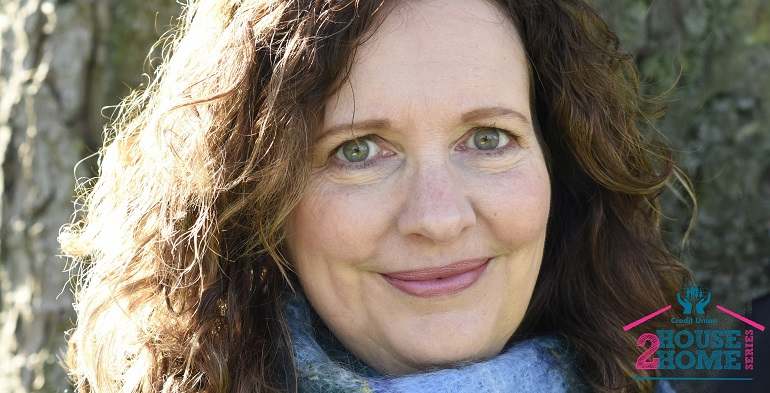5 Ways to Create a Wildlife Friendly Garden
House
2
min read
15 Jul 2020

House2Home: The Complete Guide to Renovating or Redecorating
As restrictions lift, builders dust off hardhats and homeowners don paint rollers, decking tiles, grout filler and garden spades - hoping to rejuvenate spaces they’ve spent months staring at– we continue with our House2Home series, where we share expert advice around home renovation and redesign.
This week, we sat down with award-winning garden writer Jane Powers, who told us how to create a natural garden. Jane Powers is a nature and garden writer. She is a regular nature columnist for The Sunday Times. For many years she was the gardening correspondent for The Sunday Times, and before that for The Irish Times. Her last book, The Irish Garden, was named Inspirational Book of the Year at the UK Garden Media Awards. Her garden is a relaxed, not too tidy place. It is as much a home for wildlife as it is a place of sanctuary and food production.
Here are Jane’s five tips for a wildlife-friendly garden. Most of them involve doing less work, leaving you more time to sit around enjoying your new wildlife habitat.
1. Stop using pesticides
'There may be an initial explosion of greenfly, but soon their predators — including birds, ladybirds, hoverflies, and lacewings — will keep them in check.'
2. Let the lawn grow
'Let the lawn grow longer, so that you have a mini meadow. Even a half-metre strip left to grow around the boundary of your garden will harbour lots of beneficial insects. The caterpillars of seven different butterflies, including the speckled wood and ringlet, lay their eggs in long grass. See pollinators.ie.'
3. Put in a pond
'In time, the water will become colonised by tiny creatures that are endlessly interesting to children: water beetles, pond skaters, flat worms, water worms, water fleas and — if you’re lucky — frogs. Birds will drink from it and bathe in it. Butterflies and bees will visit. See froglife.org: “Just Add Water” on how to build a wildlife pond.'
4. Plant a tree or large shrub.
'Choose one with spring flowers for the bees, and autumn fruits for the birds. Varieties of mountain ash (Sorbus), crab apple (Malus) and spindle (Euonymus) are good choices.'
5. Leave a patch of nettles in a quiet corner
'The caterpillars of red admiral, small tortoiseshell, peacock and comma butterflies feed on them. Nettles support around forty different insect species which, in turn, feed higher creatures, including birds.'
Jane Powers’s new book, An Irish Nature Year, will be published on Sept 17th by William Collins (£14.99). It features one short entry for every day of the year and is filled with plants, animals, birds and creepy-crawlies from all over the island of Ireland. The book, illustrated by Donegal resident Robert Vaughan, serves up five minutes’ worth of wonderment to enjoy on your coffee break, on your commute, or to relax with at bedtime.